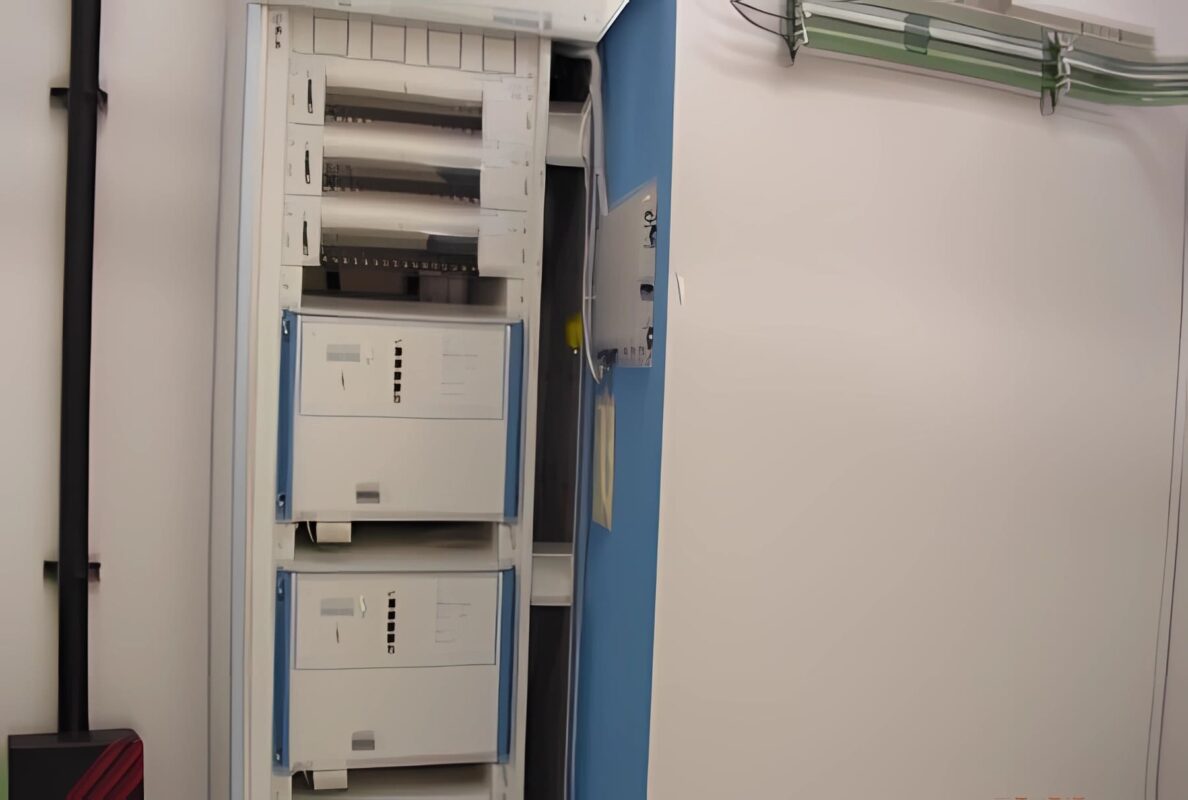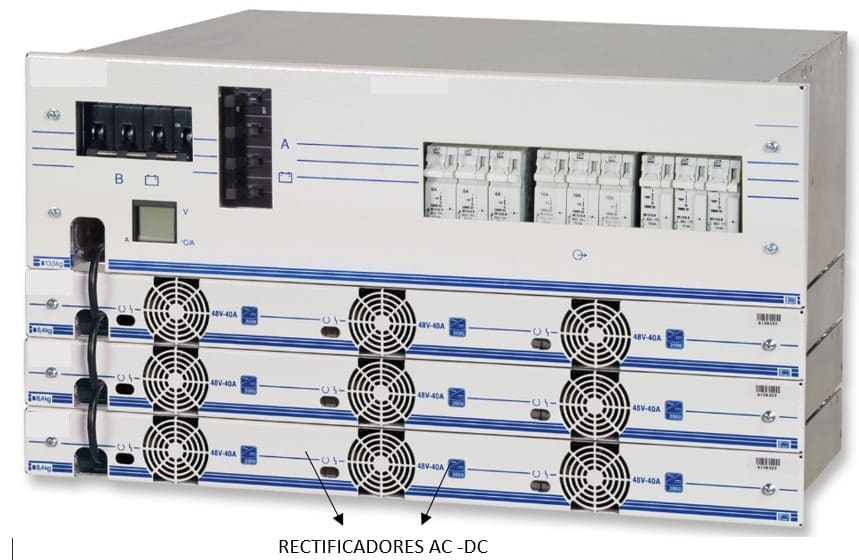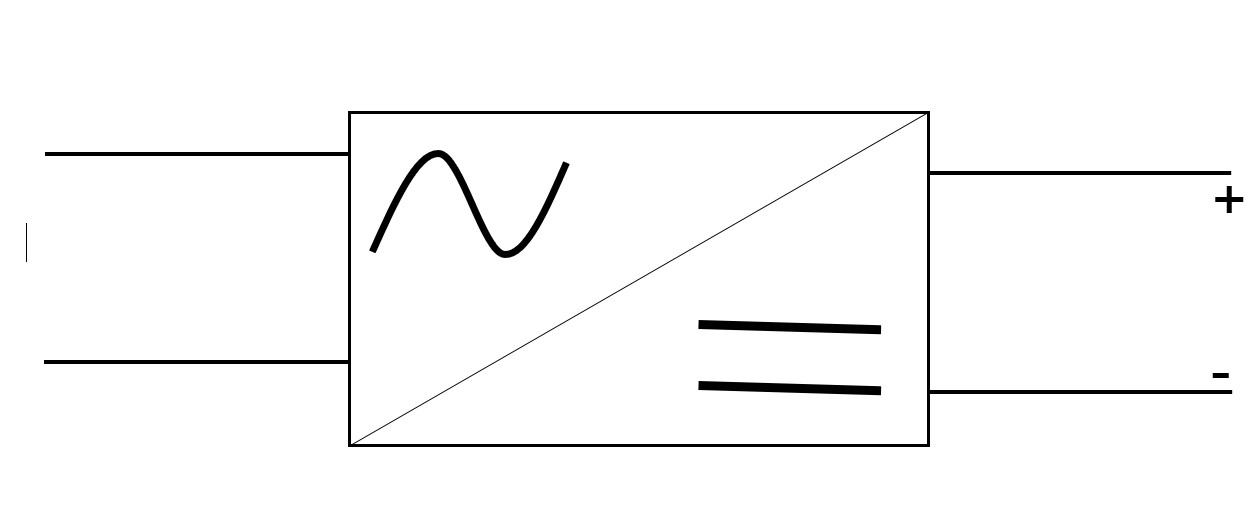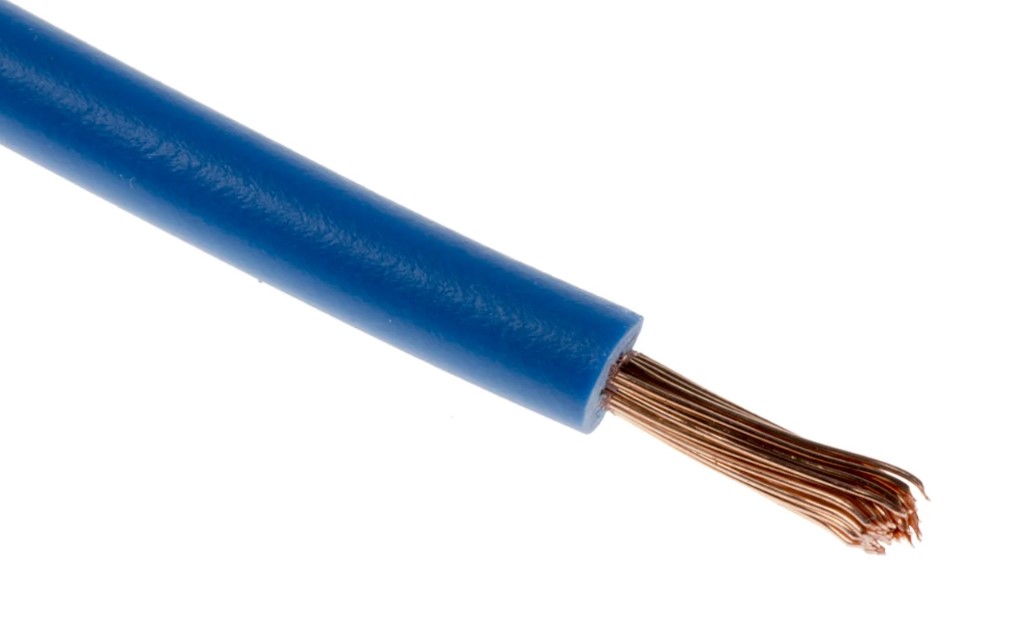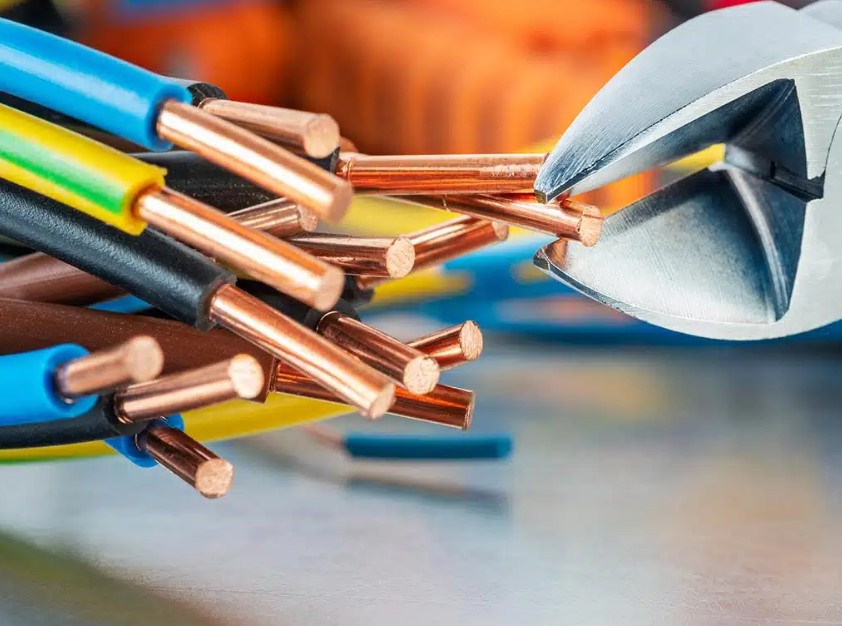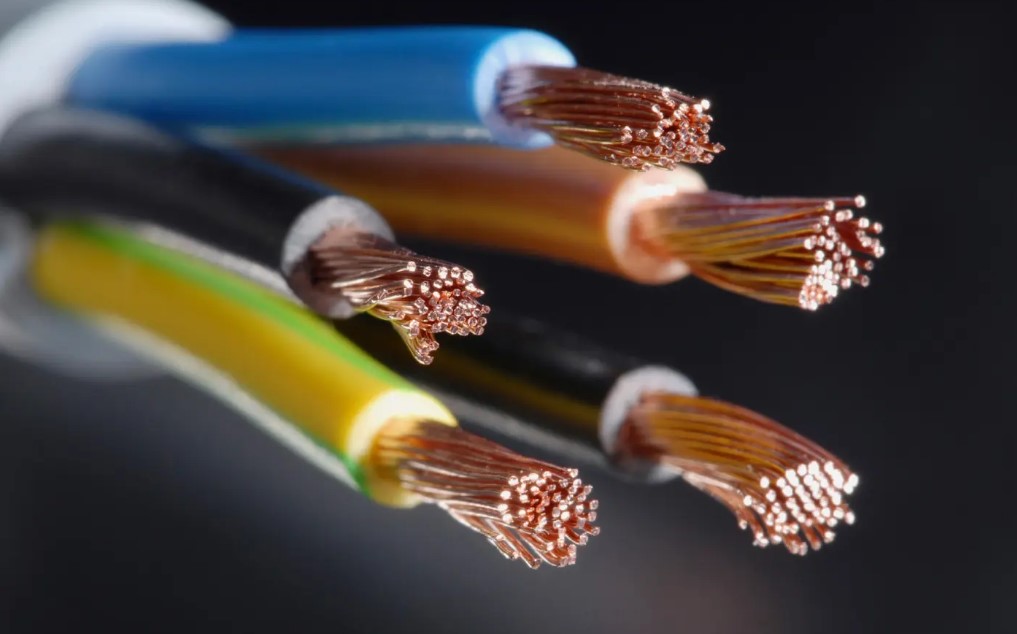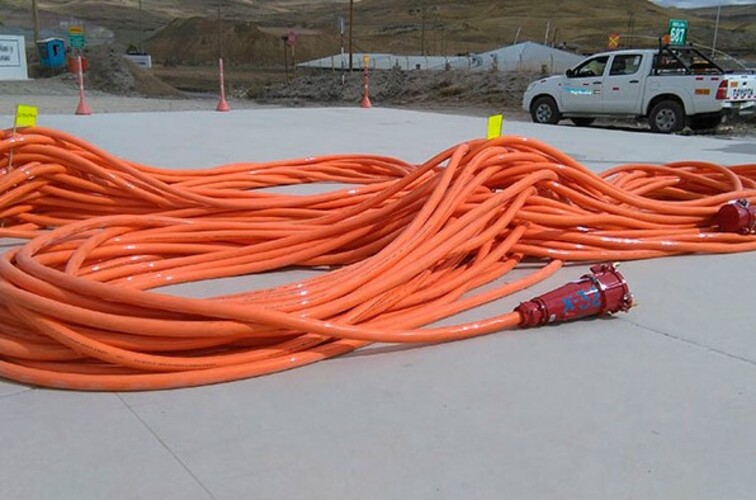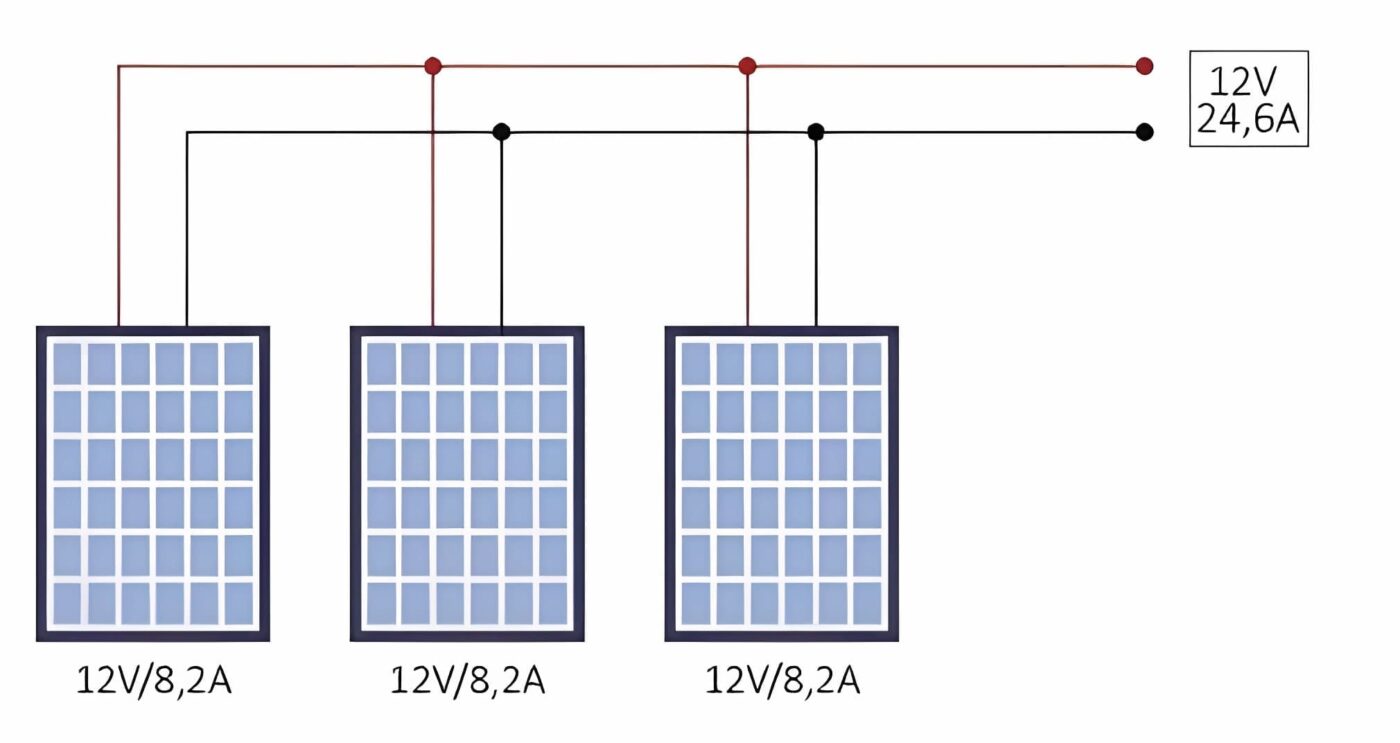In our article AC – DC rectifier: current and voltage alarms and settings, we explain how it protects against abnormal current and voltage conditions. Now, let’s explore other alarms it has and their key settings in energy systems for telecommunications. Most of these warnings are indicated by the Control and Alarm Module of the Power […]
Category Archives: AC/DC Power
Here we will study some of the general features you should be familiar with regarding AC-DC rectifier. This includes float and equalization, regulation, and their control for telecommunications applications. You will learn everything you need to know about the operation of rectifiers and their voltage control. As you can imagine, these devices are crucial as […]
In the conversion of AC to DC power, the typical operating frequency is that of the AC line or multiples thereof. AC-DC rectifiers with high-frequency controlled regulation leverage this type of control to enhance their performance. Indeed, if the operating frequency is increased to the order of thousands of Hertz, power circuits can be downsized. […]
AC-DC rectifier unit are the most crucial components of the power system for telecommunications. They are responsible for converting alternating current into direct current for use by telecommunications equipment. This energy must be stable and regulated to ensure that all its parameters remain constant despite fluctuations in the electrical grid and loads. This stability is […]
AC-DC rectifiers are widely used in power systems for telecommunications, converting AC energy into DC. In this post titled Controlled and uncontrolled ac-dc rectifiers, we will explore the two types of conversion. This conversion, technically termed wave rectification, involves eliminating the alternation in the alternating current signal and delivering a linear signal of constant value. […]
In this post, we will talk about an essential point, such as electrical conductor gauges, also known as «electrical gauges for conductor measurement.» Electrical cables are essential elements in any electrical installation. To learn everything about them, we invite you to read Electrical cables and conductors: overview. There, you will discover the difference between electrical […]
Electric conductors are essential elements in any electrical installation. Their selection for DC installations differs from the procedure used in AC. On the other hand, for the process of acquiring this material, it is important to know that cable is not the same as a conductor. For this, we recommend the post Cables and electrical […]
After ampacity, or the maximum current-carrying capacity of a conductor in amperes, voltage drop is the most critical parameter when selecting wiring. Therefore, here we present how to calculate voltage drop in DC electrical conductors. This phenomenon involves the power loss that occurs in the conductor due to its electrical resistance. As a result, the […]
Cables are indispensable elements in every electrical installation. But in the field of power for telecommunications, they have very special characteristics. One of which we will analyze in this post titled Voltage drop in DC of electrical conductors. In fact, voltage drop is a parameter that is much more critical in DC electricity than in […]
In this post called Parallel connection: what it involves, we will discuss one of the two configurations of electrical circuits. In terms of their connection, which is valid for both energy sources and loads. However, in this article, we will focus on connections at the level of DC sources, their characteristics, and uses. Let’s take […]


